West Island: Five twentieth-century New Zealanders in Australia
Otago University Press, $39.95 pb, 284 pp, 9781988531571
West Island: Five twentieth-century New Zealanders in Australia by Stephanie Johnson
Australians and New Zealanders know it as the Tasman Sea or more familiarly The Ditch: for Māori, Te Tai o-Rēhua. Significant islands in this stretch of water are Lord Howe and Norfolk. As seen from New Zealand, the island most Australians probably don’t know offhand and, when they are told about it, might feel inclined to reject its name as, well, cheeky: it’s West Island – Australia in short.
Stephanie Johnson’s West Island is breezy, carefully and impressively researched, ambitious, labyrinthine, yet, in the end unobtrusively well organised and, finally, confronting. It might bring to mind two vaguely similar literary enterprises – Howard Jacobson’s marvellous television documentary Brilliant Creatures and Ian Britain’s book Once an Australian, both looking at Germaine Greer, Clive James, Barry Humphries, and Robert Hughes. These might usefully compare with West Island if this sort of narrative were identifiable as belonging to a genre (which it isn’t). They nevertheless all share some interesting common ground: it’s not just the intense interest in expatriates; there is also the task of following a number of individual lives without losing a sense of narrative unity and concentration, without dropping, despite all efforts and ploys to the contrary, into a now-this-one, now-that-one routine. Johnson manages this with élan by immediately treating the reader as a member of a time-travelling tourist group:
Dress warmly now, you visitors from the future, because tonight we’re going out into a Sydney winter of around 70 years ago, pre-climate change, when the world was several degrees colder. The streets are dark because it’s toward the end of World War II and the city is in blackout.
Continue reading for only $10 per month. Subscribe and gain full access to Australian Book Review. Already a subscriber? Sign in. If you need assistance, feel free to contact us.



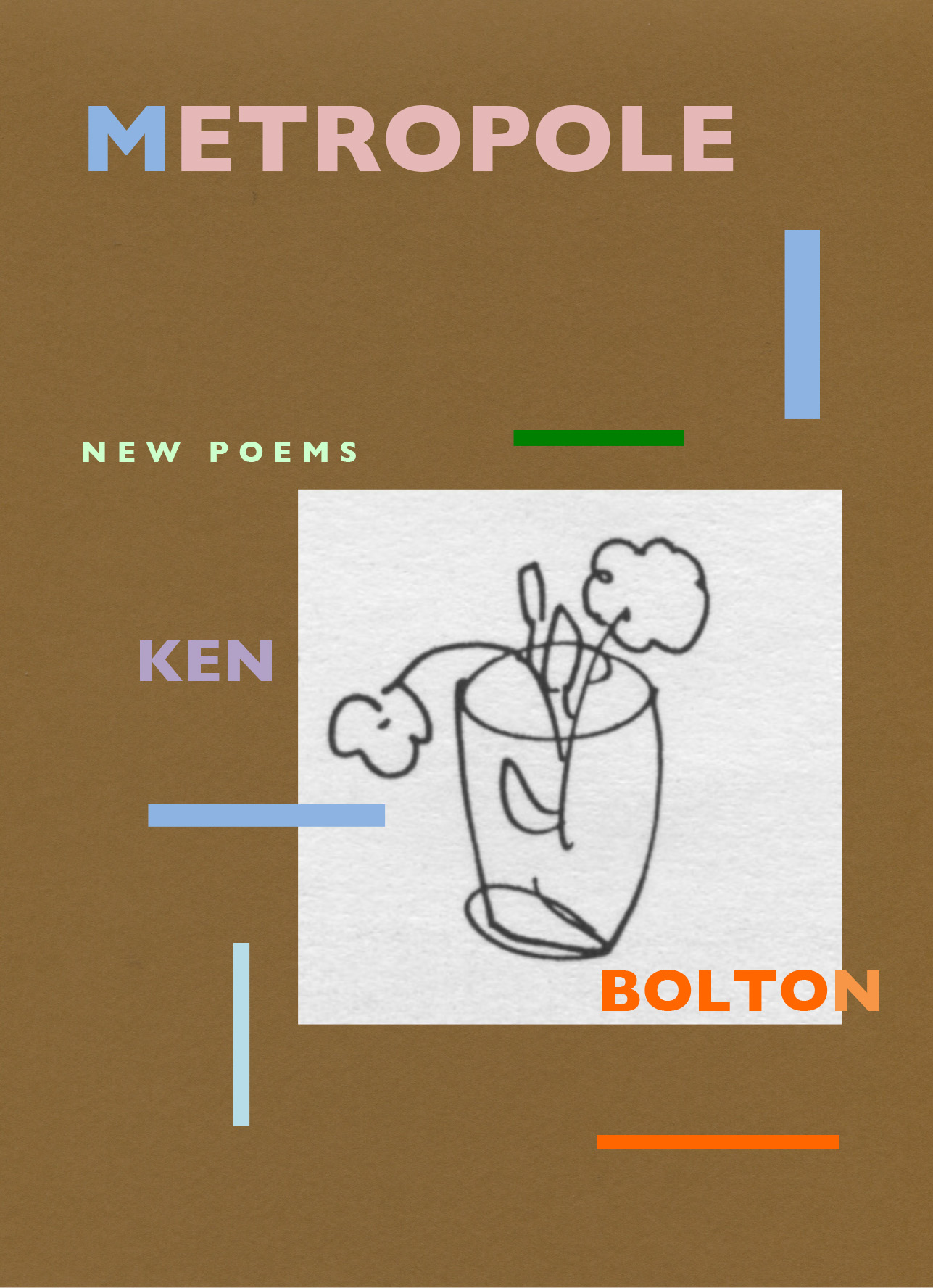
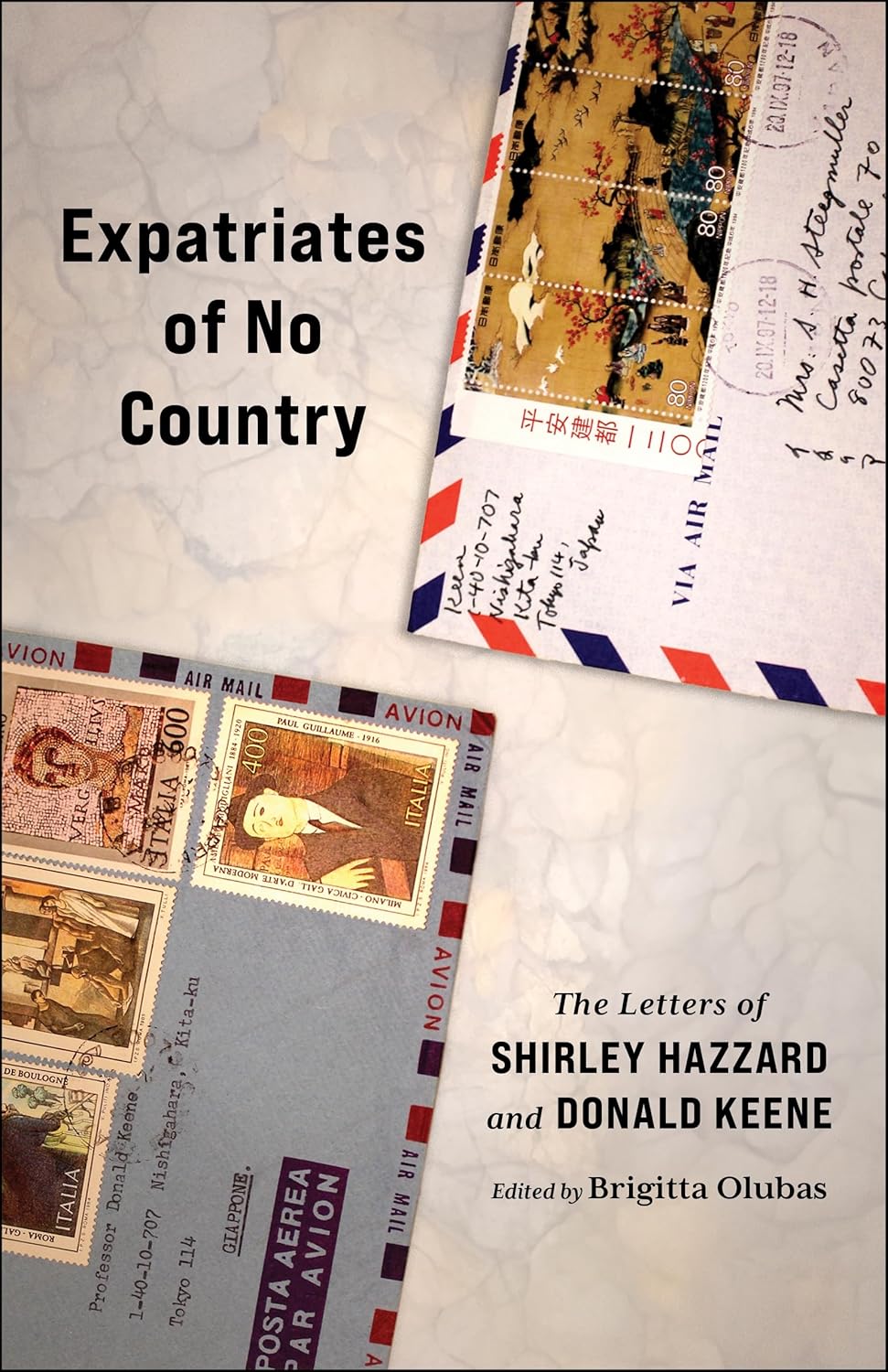
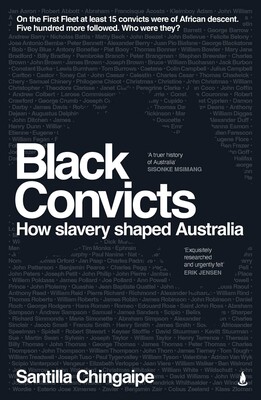
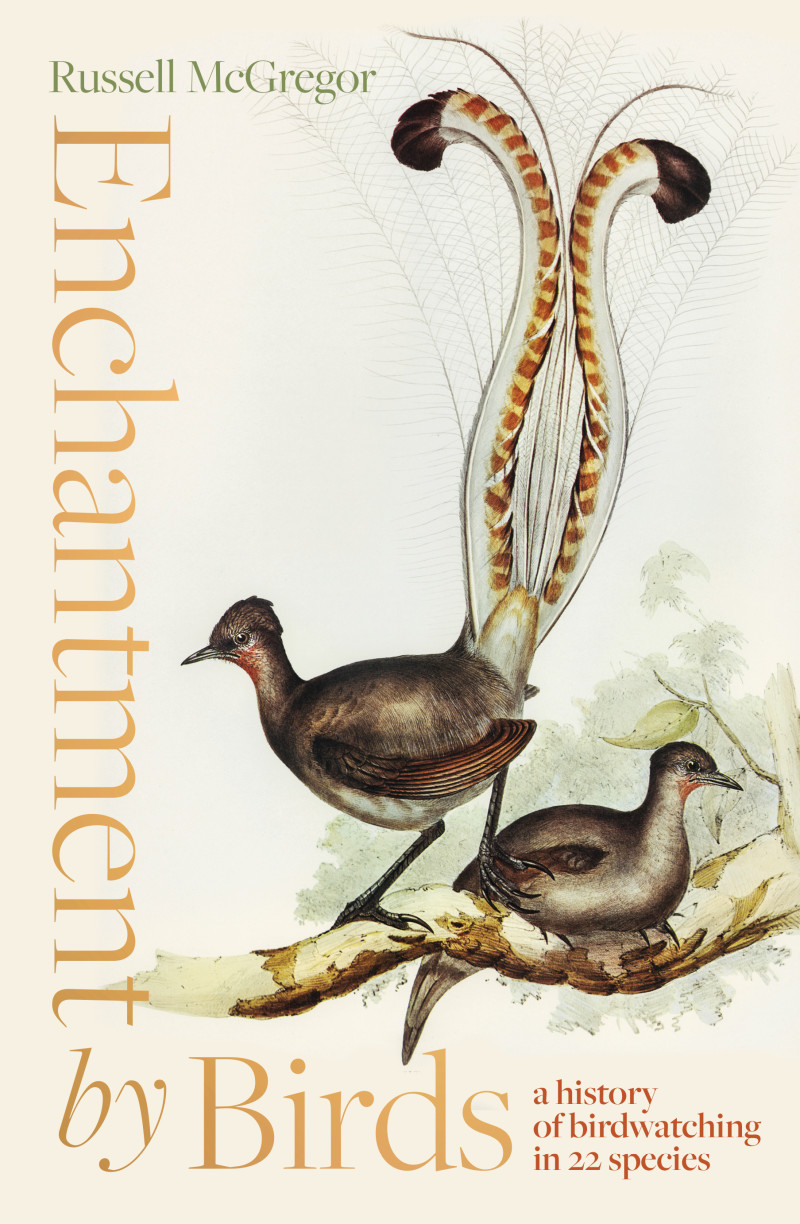


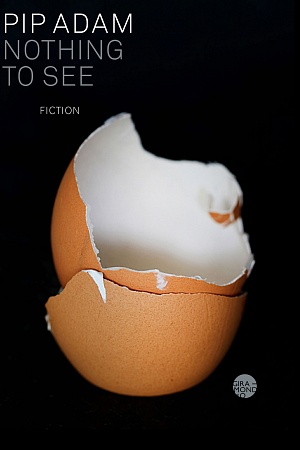
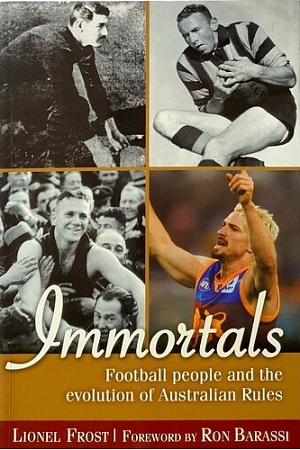




Leave a comment
If you are an ABR subscriber, you will need to sign in to post a comment.
If you have forgotten your sign in details, or if you receive an error message when trying to submit your comment, please email your comment (and the name of the article to which it relates) to ABR Comments. We will review your comment and, subject to approval, we will post it under your name.
Please note that all comments must be approved by ABR and comply with our Terms & Conditions.